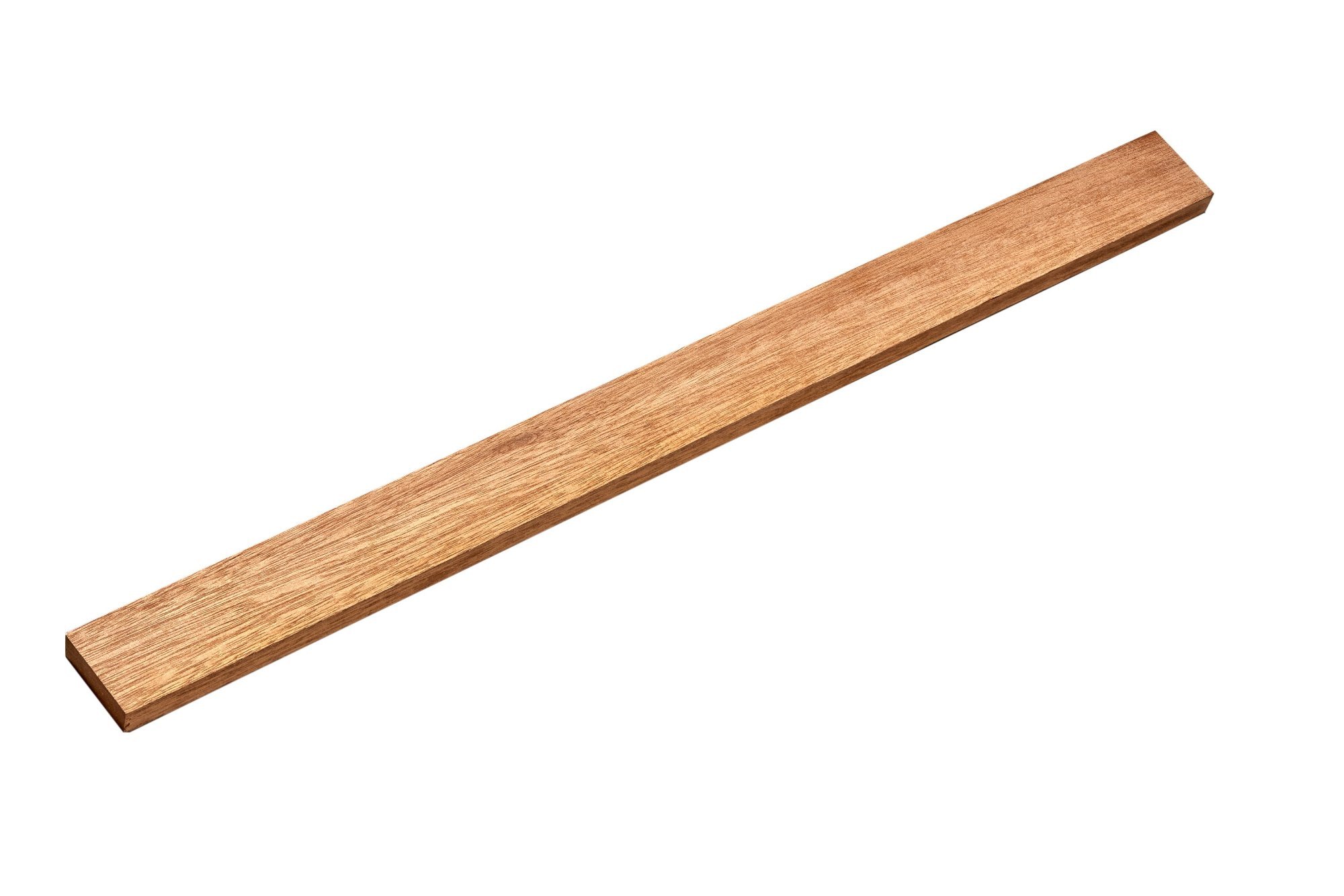Plank woods are one of the most versatile and essential materials used in construction and furniture-making. Known for their durability, strength, and aesthetic appeal, Plank Wood have been a staple in woodworking and building projects for centuries. From residential buildings to commercial furniture, the quality of plank woods directly impacts the structural integrity, longevity, and visual appeal of the final product. For businesses and homeowners seeking reliable materials, high-quality plank woods provide an efficient and sustainable solution.
What Are Plank Woods?
Plank woods are long, flat, and rectangular pieces of timber that are cut and processed from larger logs. They are typically used for flooring, furniture, decking, and structural applications. The size, type, and finish of plank woods can vary, depending on the intended use. Hardwood plank woods, such as oak or maple, are often used for furniture and flooring due to their durability and fine grain, while softwood plank woods, like pine or cedar, are preferred for construction projects because of their lightweight and ease of handling.
Advantages of Using Plank Woods in Construction
The use of plank woods in construction offers several benefits. Firstly, they provide excellent strength and stability, which is crucial for building frameworks, walls, and flooring. High-quality plank woods are resistant to warping and cracking, ensuring that structures remain safe and sturdy over time. Additionally, plank woods are easy to work with, allowing builders to cut, shape, and join them according to specific project requirements. Their natural insulation properties also contribute to energy efficiency in buildings, making plank woods an environmentally friendly choice.
Plank Woods for Furniture Making
In furniture design, plank woods are prized for their beauty and versatility. They can be used to create tables, chairs, cabinets, and decorative panels that are both functional and visually appealing. The grain patterns and natural colors of plank woods enhance the aesthetic quality of furniture pieces. By using high-quality plank woods, craftsmen ensure durability, smooth finishes, and long-lasting performance. Custom furniture made from plank woods often becomes a valuable investment due to its strength and timeless appeal.
Environmental Benefits of Plank Woods
Using sustainably sourced plank woods contributes to environmental conservation. When harvested responsibly, plank woods support sustainable forestry practices, helping maintain ecological balance and biodiversity. Additionally, wood is a renewable resource that stores carbon dioxide, reducing the overall carbon footprint of construction and furniture production. Choosing plank woods over synthetic or non-renewable materials also minimizes environmental pollution, making them a key component in green building initiatives.
Types of Plank Woods
There are various types of plank woods available, each suited for specific applications. Hardwood plank woods, such as oak, teak, and maple, are ideal for furniture and decorative work due to their hardness and fine grain. Softwood plank woods, including pine, cedar, and spruce, are commonly used in structural applications, roofing, and general construction because they are lightweight and easier to handle. Engineered plank woods, made by bonding layers of wood, offer added stability and resistance to warping, making them suitable for flooring and specialized furniture projects.
Maintenance and Durability of Plank Woods
High-quality plank woods are known for their long-lasting durability, but proper maintenance is essential. Regular cleaning, polishing, and protective finishes help prevent scratches, moisture damage, and wear over time. Outdoor applications of plank woods, such as decking or fencing, may require sealing or treatment to withstand weather conditions. Well-maintained plank woods not only retain their structural integrity but also enhance the aesthetic appeal of buildings and furniture for many years.
Economic Advantages of Using Plank Woods
Investing in high-quality plank woods provides both short-term and long-term economic benefits. They reduce the need for frequent repairs or replacements, saving money on maintenance. Additionally, products made from plank woods—such as furniture or flooring—often have higher market value due to their durability and natural beauty. The versatility of plank woods also allows businesses to use the same material for multiple applications, optimizing resource use and reducing overall costs.
Innovations in Plank Wood Production
Modern technologies have enhanced the quality and availability of plank woods. Advanced kiln-drying techniques reduce moisture content, preventing warping and cracking. CNC machines and precision cutting tools allow for more uniform and accurate plank woods, ensuring better fit and finish in construction and furniture projects. Innovations in engineered plank woods also provide options for more stable and sustainable materials, meeting the growing demand for eco-friendly solutions in construction and interior design.
Conclusion
High-quality plank woods are an essential component of modern construction and furniture-making, offering durability, versatility, and natural beauty. Their use supports sustainable forestry practices, reduces environmental impact, and provides economic advantages for homeowners and businesses alike. Whether used in structural frameworks, flooring, or custom furniture, plank woods deliver long-lasting performance and aesthetic appeal. By choosing responsibly sourced plank woods, industries and individuals can create structures and products that are strong, elegant, and environmentally sustainable, contributing to a greener and more efficient future for construction and interior design.




